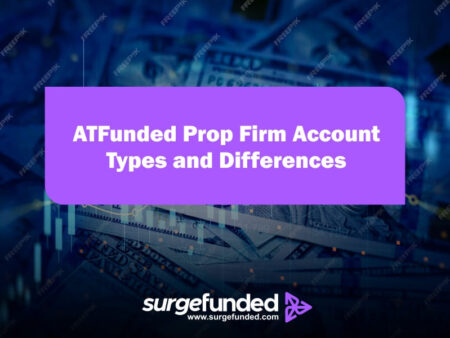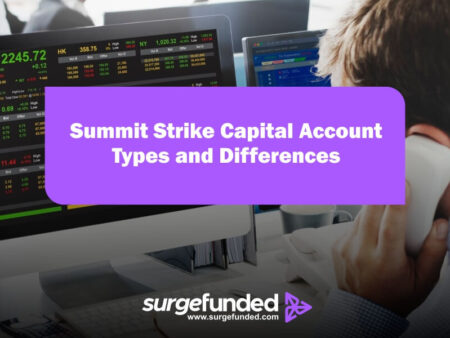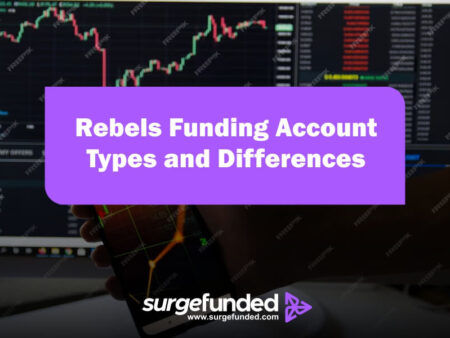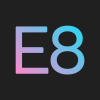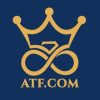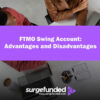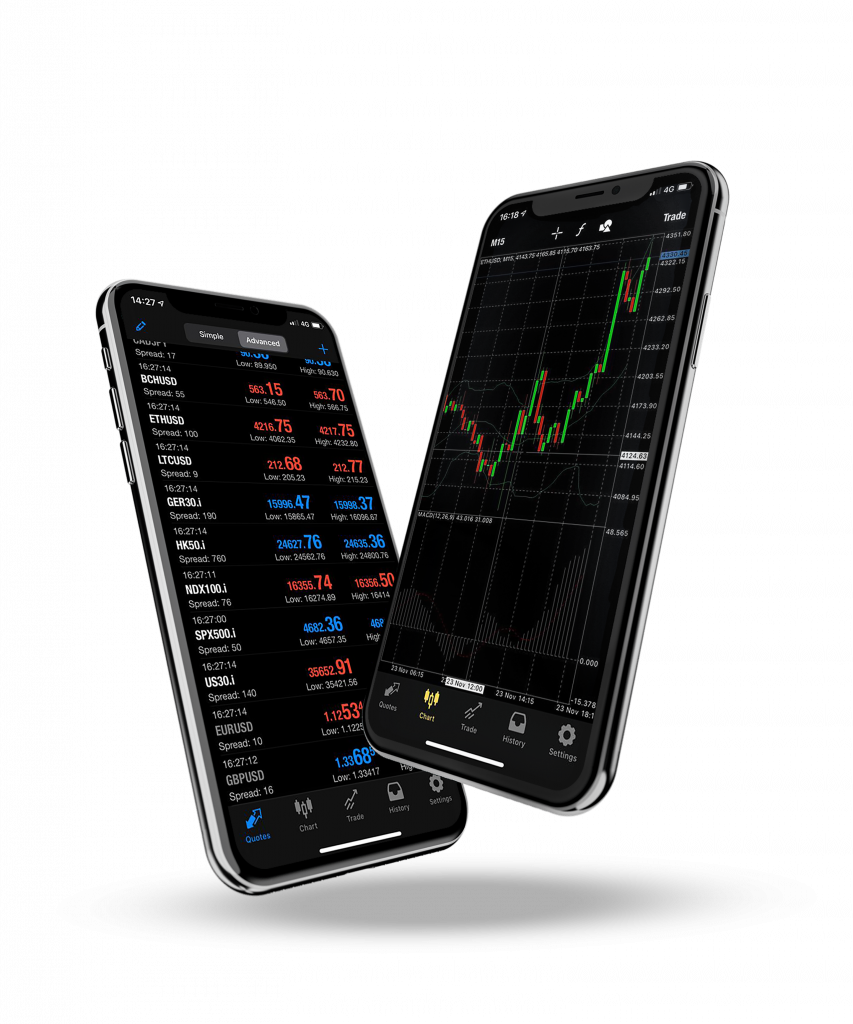SeacrestFunded account types and differences accommodate traders with different skill sets, risk tolerances, and trading preferences. Formerly called My Funded FX (MFFX), SeacrestFunded is a proprietary trading firm that allows traders to access funded accounts and trade using the firm’s cash. SeacrestFunded offers a variety of account types, each with its own set of guidelines, difficulties, and possible advantages, to accommodate different trading preferences and skill levels. SeacrestFunded account types and differences will be examined in this article, with an emphasis on their salient characteristics, distinctions, and appropriateness for certain traders.
An Overview Of SeacrestFunded
The US-based prop firm SeacrestFunded, run by CEO Matthew Leech, has been in business for almost a year. The firm collaborates with ThinkMarkets and Blueberry Markets as brokers and employs the MT4 and MT5 platforms. Through review processes and financial availability, SeacrestFunded gives traders a platform to showcase their abilities. They offer Forex, Metals, Commodities, Indices, and Cryptocurrencies with varying leverages.
Evaluation Process
SeacrestFunded divides its assessment procedure into two stages: one and two steps. The 2-Step evaluation needs 8% in Phase 1 and 5% in Phase 2, whereas the 1-Step evaluation has a 10% profit target. The drawdown restrictions for each challenge range from 6% to 10%.
SeacrestFunded Account Types
A variety of account types are available from SeacrestFunded to accommodate various trading philosophies and risk tolerances. The review procedure (number of phases), profit goals, drawdown caps, and other particular regulations differ throughout these accounts. To choose the account type that best suits their trading strategy and objectives, traders must be aware of these distinctions.
An outline of a few of SeacrestFunded account types and differences is provided below:
- 1-Step Challenge: With just one evaluation stage, this account type provides a simplified route to funding.
- 2-Step Challenge: Traders must satisfy predetermined profit targets in each of the two evaluation periods for this account type.
- 3-Step Challenge: For a more thorough evaluation, this account type consists of three evaluation phases.
SeacrestFunded Account Differences
Let’s look at the main distinctions among a few crucial elements to gain a better understanding of the subtleties of each account type:
1. Evaluation Process (Number of Steps)
- 1-Step Challenge: By condensing the assessment procedure into a single stage, this account type may expedite funding. To pass the evaluation, traders must reach the profit target while adhering to the specified guidelines.
- 2-Step Challenge: This two-phase challenge requires traders to exhibit consistency and risk-management abilities over an extended length of time. Each phase has a specified profit target, which traders must meet in order to be eligible for a funded account.
- 3-Step Challenge: With three stages of review, the 3-Step Challenge is the most thorough. This kind of account is intended for traders who would rather go through a more stringent evaluation procedure and wish to exhibit their abilities over a longer time frame.
2. Profit Targets
The kind of account and the stage of the assessment procedure determine the profit targets:
- One-Step Challenge: In the single evaluation phase, the 1-Step Challenge usually includes a larger profit target (e.g., 10%).
- Two-Step Challenge: The two phases have different profit targets (e.g., 8% in Phase 1 and 5% in Phase 2).
- 3-Step Challenge: The three phases probably have different profit targets, possibly with smaller aims in the first two and higher targets in the last one.
3. Drawdown Limits
Drawdown limits are a critical aspect of risk management and vary across account types:
- Daily Drawdown: This refers to the maximum loss allowed in a single trading day.
- Maximum Drawdown: This refers to the overall maximum loss allowed on the account.
By calculating the difference between the current equity and the highest recorded balance from closed trades, SeacrestFunded determines the overall simulated loss for the 1-Step program.
Depending on the challenge, drawdown restrictions can be anywhere between 6% and 10%.
4. Regulations and Limitations on Trading
Certain trading regulations and limitations may apply to different account types:
- Trading Period: While some accounts allow unlimited trading periods, others may have time constraints for finishing the evaluation stages.
- Minimum Trading Days: Before obtaining a payout, a minimum number of trading days can be necessary.
- Trading Techniques: Some trading techniques, including arbitrage or high-frequency trading, might be prohibited.
- Expert Advisors (EAs): Under some circumstances and limitations, using EAs may be permitted.
5. Profit Split
The trader’s percentage of profits from the funded account is determined by the profit split. With profit splits of up to 90%, SeacrestFunded enables traders to keep a sizable amount of their profits. With an add-on, the profit split might be 90% or 80%.
6. Fees and Account Sizes
The account sizes that SeacrestFunded offers range from $5,000 to $300,000. The registration fee varies depending on the type of account.
Selecting the Appropriate Account Type
A number of factors influence the choice of account type, including:
- Trading Style: Take into account if you are an aggressive or prudent trader.
- Risk Tolerance: Determine the amount of risk you can tolerate.
- Experience Level: Evaluate your level of knowledge and proficiency in trading.
- Time Commitment: Ascertain the amount of time you have available for trading and the assessment procedure.
Examples and Scenarios
- New Trader: Starting with a 2-Step Challenge can help a novice trader with little expertise because it offers a more progressive learning curve and gives them more time to establish reliable trading practices.
- Skilled Trader: For a quicker path to funding, a seasoned trader with a solid track record could favor the 1-Step Challenge.
- Part-Time Trader: A trader who works part-time and has limited time may choose an account with no time restrictions, which will let them do the assessment whenever it’s convenient for them.
Conclusion
To suit traders with varying skill sets, risk tolerances, and trading preferences, SeacrestFunded provides a range of account types. Because every account type has different characteristics, regulations, and difficulties, traders must carefully consider all of their possibilities before choosing one. Traders can improve their chances of success in the world of proprietary trading by choosing the account type that most closely matches their trading objectives and style by being aware of the main distinctions between the various account kinds.
Frequently Asked Questions
Are There Any Minimum Trading Day Requirements?
Yes, SeacrestFunded requires a minimum number of trading days before traders can request a payout:
- For most accounts, traders must complete at least 3 profitable trading days during the evaluation phase.
- The exact number may vary based on specific challenge rules.
What Is The Payout Structure For Each Account Type?
The payout structure allows traders to retain a significant portion of their profits:
- Generally, traders can expect profit splits ranging from 80% to 90%, depending on performance and specific conditions met during trading.
- Higher splits may be available as traders progress through their evaluations and demonstrate consistent profitability.
Can I Use Automated Trading Systems or Expert Advisors (EAs)?
Automated trading systems, or EAs, are permitted on SeacrestFunded; however, traders may be subject to particular rules or regulations. Before using any automated strategies, it is imperative to review these rules.


